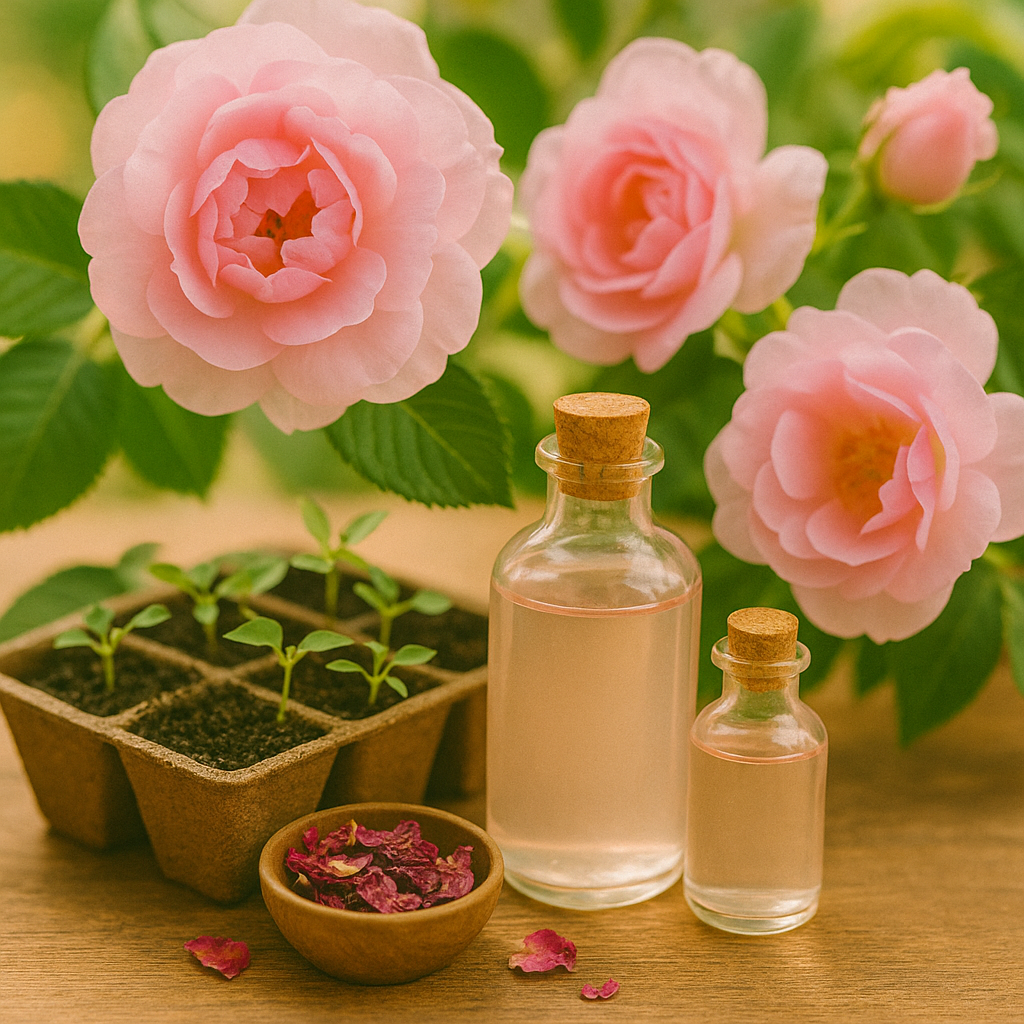Grow Fresh Cilantro at Home: A Flavorful Herb for Every Kitchen Garden
About Cilantro
Cilantro (Coriandrum sativum), also known as coriander leaves, is a fast-growing, aromatic herb commonly used in cuisines around the world. From salsas to curries, this versatile green herb adds a refreshing flavor to a variety of dishes. At OrganicIndiaSeeds.com, we provide high-quality cilantro seeds perfect for home gardens, balcony pots, and raised beds.
Both the leaves (cilantro) and seeds (coriander) are edible, making it a two-in-one plant for flavor and function.

Why Grow Cilantro in Your Garden
Growing cilantro at home brings many culinary and health benefits:
-
Delivers fresh, pesticide-free herbs directly from your garden to your kitchen
-
A key ingredient in Indian, Mexican, Thai, and Mediterranean recipes
-
Contains antioxidants, vitamins A, C, and K
-
Supports digestion and detoxification
-
Grows quickly and easily, ideal for beginner gardeners
Adding cilantro plants to your home garden ensures a steady supply of flavorful, organic greens right at your fingertips.
When to Plant Cilantro
The best time to plant cilantro seeds depends on your climate:
-
In cooler climates, sow seeds in early spring or fall
-
In warmer regions, plant in autumn or late winter to avoid bolting
-
Cilantro thrives in temperatures between 15–25°C (59–77°F)
Succession planting every 2–3 weeks ensures a constant harvest of fresh leaves.
Where to Plant Cilantro
Cilantro grows best in the following conditions:
-
Choose a spot with full sun to partial shade
-
Use well-drained, loose soil enriched with compost
-
Suitable for containers, herb beds, or garden borders
-
Protect from excessive afternoon sun in warmer zones

How to Plant Cilantro
To successfully grow cilantro, follow these steps:
-
Sow seeds directly into the soil, 1/4 inch deep
-
Space plants about 6 inches apart
-
Water regularly to keep the soil moist but not soggy
-
Thin seedlings to avoid overcrowding
-
Avoid transplanting, as cilantro dislikes root disturbance
You can also soak seeds overnight before planting to improve germination.
How to Care for Cilantro
Cilantro is relatively low-maintenance:
-
Water consistently to prevent bolting
-
Mulch to retain soil moisture and regulate temperature
-
Harvest leaves regularly to encourage new growth
-
Remove flower stalks early if you want prolonged leaf production
-
Fertilize lightly every 3–4 weeks with organic compost
With the right care, your cilantro herbs will flourish throughout the growing season.
Companion Plants for Cilantro
Cilantro pairs well with various plants:
-
Grow near basil, parsley, chives, or tomatoes
-
Attracts beneficial insects like ladybugs and hoverflies
-
Repels aphids and spider mites, making it a natural pest deterrent
-
Avoid planting near fennel, which competes for nutrients
These companion plants can boost your cilantro crop and support a healthier garden.
Harvesting Cilantro
Cilantro is ready for harvest in 3–4 weeks after sowing:
-
Use scissors to snip the outer leaves first, allowing inner ones to grow
-
Harvest before flowering for the best flavor
-
If seeds are desired, allow the plant to flower and produce coriander seeds
-
Dry the seeds and store them in airtight containers for future culinary use


Uses of Cilantro
Cilantro is an incredibly versatile herb:
-
Adds flavor to soups, salads, curries, and sauces
-
Used in chutneys, guacamole, and marinades
-
Coriander seeds used for spice blends and pickling
-
Also valued in Ayurvedic remedies for its cooling effect
-
Ideal for garnishing and enhancing visual and taste appeal
Its bright, citrusy notes make fresh cilantro a staple in global kitchens.
Final Thoughts on Growing Cilantro
Whether you love it in your salsa or your soup, growing cilantro at home is both simple and rewarding. It’s a must-have herb for home cooks, health-conscious gardeners, and herbal remedy enthusiasts. For the best results, use organic cilantro seeds from OrganicIndiaSeeds.com—your trusted source for natural, quality gardening products.



اترك تعليقًا
This site is protected by hCaptcha and the hCaptcha Privacy Policy and Terms of Service apply.